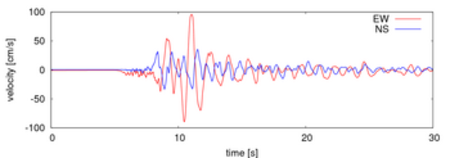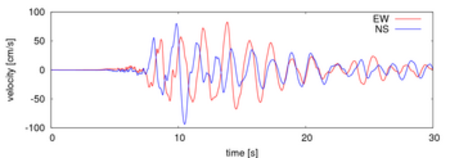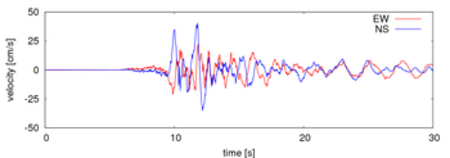The magnitude 6.9 (JMA scale) earthquake struck Hokuriku District of main island Japan on 26 March, 2007, named 2007 Noto hanto eqrthquake. We briefly report the field survey at Noto region just after the earthquake.





(Acknowledgement) We used K-net, KiK-net and Hi-net data from National Research Institute for Earth Science and Disaster Prevention. We thank many researchers for providing great information: Prof. Iemura (Kyoto Univ.), Prof. Sawada (Kyoto Univ.), Prof. Iwata (Kyoto Univ.) and Mr. Hukushima (JEC).
| Dynamics of Foundation Structures, DPRI, Kyoto Univ. | |
| Structural Dynamics Laboratory, Dept. of Urban Management, Kyoto Univ. | |